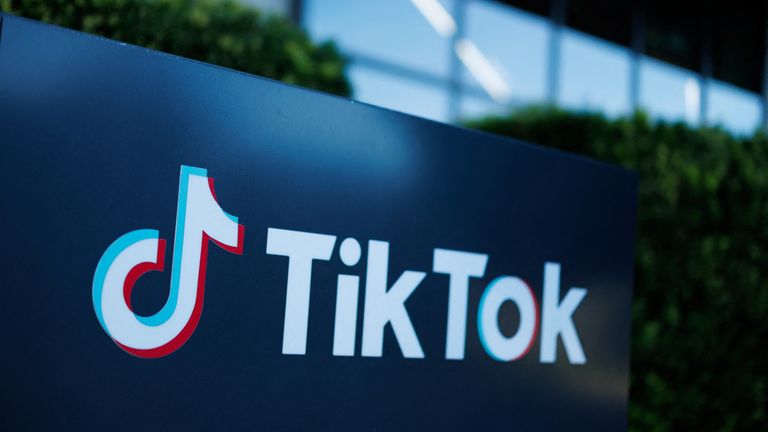The sun has thrown a chunk of its plasma in the Earth's direction, which could spark minor geomagnetic storms and auroras in our atmosphere.
This coronal mass ejection (CME) is due to collide with our planet on Wednesday or Thursday, after being spat out from a sunspot named AR3835 on Sunday evening, alongside a solar flare.
Due to the recent fall equinox, the Earth may be more vulnerable to the effects of geomagnetic storms due to a phenomenon called the Russell-McPherron effect.
Astronomers hadn't expected sunspot AR3835 to erupt, as it had been previously thought to be too stable to emit solar flares and CMEs.
"Over time, a sunspot's magnetic field can become wound up like an elastic band. But this is not a very stable situation and the magnetic fields can sometimes erupt, accelerating hot gas and magnetic fields away from the sun into space. These eruptions are called solar storms or coronal mass ejections," Peter T. Gallagher, a professor of astronomy and astrophysics at the Dublin Institute for Advanced Studies in Ireland, told Newsweek.
The CME will mostly miss Earth, only grazing our planet's magnetic field. This would usually result in minimal effect on the Earth. However, due to the Russell-McPherron effect, this CME could still trigger a G1 [minor] geomagnetic storm, sparking northern lights to be visible further south than usual.
The Russell-McPherron effect explains why geomagnetic storms and space weather activity tend to peak during the Earth's equinoxes, due to increased interaction between our planet's magnetic field and the solar wind. The Earth has a tilted magnetic axis relative to the sun, and as the former orbits the latter, the angle between Earth's magnetic field and the sun's interplanetary magnetic field changes.
During equinoxes, around March 20 and September 22, the Earth's magnetic field is more aligned with the interplanetary magnetic field, meaning that a CME connects more easily with our magnetic field and causes geomagnetic effects, even if a CME is weak or not a direct hit. Geomagnetic storms are nearly twice as common during equinoxes than throughout the solstices.
"During the equinoxes, the orientation of the Earth's poles is (almost) perpendicular to that of the sun," Ciaran Beggan, a geophysicist from the British Geological Survey, previously told Newsweek.
"This maximizes the 'coupling' between the solar wind and the Earth's magnetic field. In summer or winter, one of the Earth's poles is pointing at an angle from the solar wind so the coupling between them is lower and hence there are fewer storms on average," Mike Hapgood, the principal consultant on space weather at Rutherford Appleton Laboratory (RAL) Space in the U.K., previously told Newsweek.
NOAA's Space Weather Prediction Center predicts that the geomagnetic storm resulting from the CME will be a G1 or "minor" class, the weakest of the five geomagnetic storm categories.
"G1 (Minor) storm levels are expected on 25 Sep due to a glancing blow CME along with High Speed Stream influence," the NOAA said in a forecast.
G1 storms are the weakest and most common geomagnetic storm, occurring about 1,700 times per 11-year solar cycle. They can result in weak fluctuations in the power grid, minor impacts to satellite operations, and auroras being visible from some U.S. states such as northern Michigan and Maine.
G5 storms, the most powerful and rare, only occur about four times per 11-year cycle. The May 10 storm that resulted in auroras being seen from all U.S. states and beyond was the first G5 storm since 2003.
Do you have a tip on a science story that Newsweek should be covering? Do you have a question about geomagnetic storms? Let us know via science@newsweek.com.
Disclaimer: The copyright of this article belongs to the original author. Reposting this article is solely for the purpose of information dissemination and does not constitute any investment advice. If there is any infringement, please contact us immediately. We will make corrections or deletions as necessary. Thank you.



